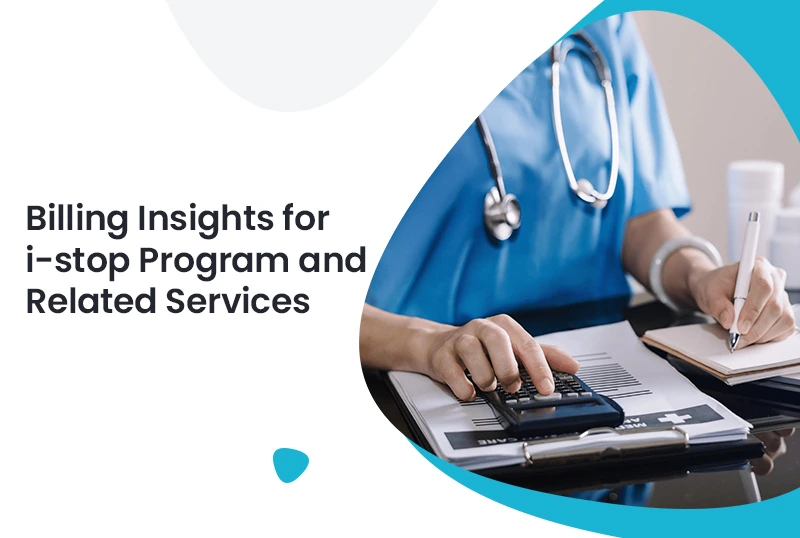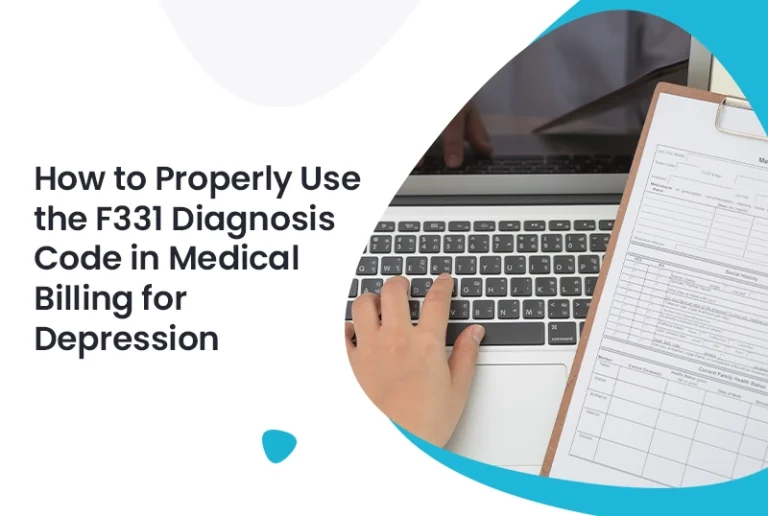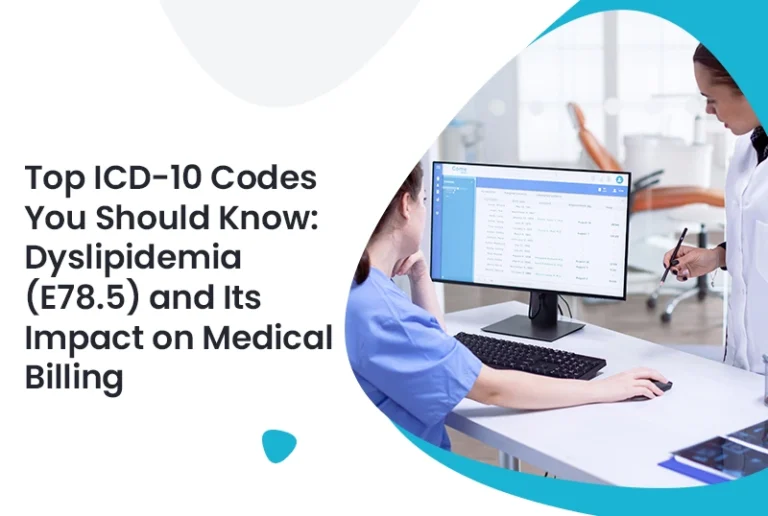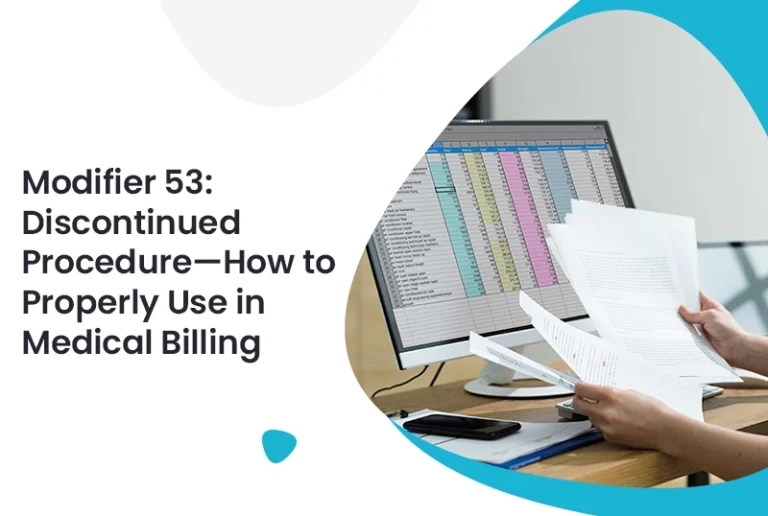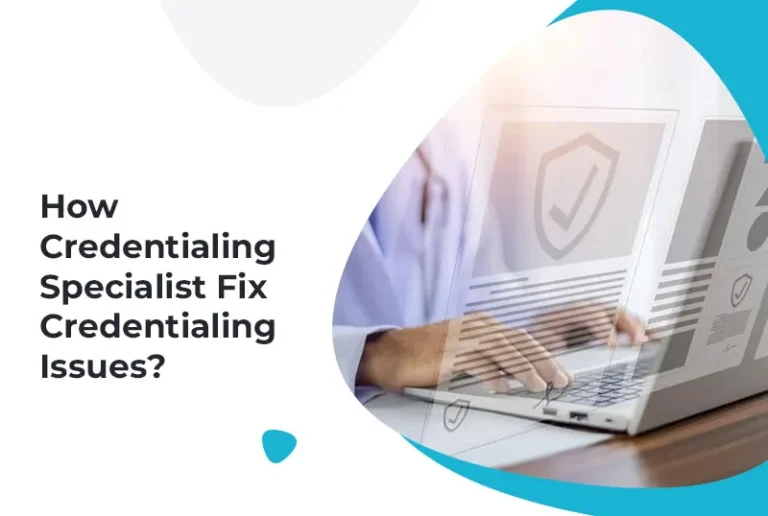New York’s i STOP (Internet System for Tracking Over-Prescribing) program plays a crucial role in monitoring controlled substance prescriptions. While it’s a powerful tool for combating opioid abuse, it has created new compliance and billing challenges for providers and billing teams. To remain profitable and compliant, practices must understand how to document, report, and manage i STOP-related services accurately.
At the top of that list is ensuring your medical billing service understands the unique nuances of i STOP compliance and documentation. From integration with electronic prescribing systems (EPCS) to accurate reporting, every step impacts both legal standing and reimbursement.
What is the i STOP Program?
The i STOP program, established by New York State, mandates electronic prescribing of controlled substances (EPCS) and requires prescribers to consult the Prescription Monitoring Program (PMP) before issuing any Schedule II, III, or IV controlled substance. The goal is to reduce prescription drug abuse and diversion.
For billing professionals, i STOP presents specific documentation requirements. Providers must include verification of PMP consultation in the patient’s record, and in some cases, must document the rationale for not prescribing. These details matter for insurance audits and billing accuracy.
Want more information? Read here: PC ratio In Medical Billing
Key Billing Components Under i STOP
1. EPCS System Integration
Providers must use certified EPCS systems. Billing teams must be aware that the costs and implementation of these systems are often non-reimbursable but may indirectly affect practice profitability if not managed correctly.
2. Documenting PMP Checks
Every PMP check should be clearly noted in the medical record. Inadequate documentation could lead to denials or compliance issues, especially if the PMP consultation affects treatment decisions.
3. Exceptions to EPCS
In rare cases where paper prescriptions are used (e.g., system outages, long-term care facilities), billing staff must append proper modifiers or explanations to ensure compliance.
As part of medical billing services for small practices, understanding these nuances is critical. Small clinics often lack dedicated compliance officers, making it even more important for billing teams to ensure correct documentation.
How i STOP Affects Clinical Workflow
The i STOP mandate affects more than just billing—it reshapes how providers interact with patients. Instead of quickly writing a prescription, they must log in, review patient history, document, and then prescribe electronically. This shift often leads to longer appointment durations, which can affect billing codes like time-based evaluation and management (E/M) services.
Billing staff must be trained to select the appropriate CPT codes based on this extended encounter time. They should also check for add-on services like care coordination or risk assessment that may now be billable due to the extra effort under i STOP.
Compliance and Audit Readiness
Payers and state health agencies frequently audit i STOP compliance. Billing staff must be prepared with:
- Documentation of PMP checks
- Use of certified EPCS systems
- Justifications for non-electronic prescriptions
- Logs of system errors or outages
Being proactive helps practices avoid financial penalties and maintain audit readiness. This level of preparation is a vital aspect of revenue cycle management healthcare, ensuring that compliance supports—not hinders—revenue integrity.
Common Coding Mistakes to Avoid
- Omitting PMP Notes: Forgetting to include PMP verification leads to compliance red flags.
- Incorrect Time-Based Codes: Underreporting encounter time due to poor understanding of E/M guidelines can lower reimbursement.
- Unrecognized EPCS Errors: Failing to document technical issues with EPCS can cause claim rejections.
Avoiding these mistakes protects both your practice and your patients, ensuring that the i STOP system enhances care without sacrificing efficiency.
Best Practices for Billing Under i STOP
- Educate Clinicians and Billers: Both parties must understand i STOP’s requirements.
- Audit Documentation Regularly: Use internal audits to identify lapses early.
- Automate Where Possible: Integrate billing systems with EHRs to streamline documentation.
- Maintain System Logs: Record every EPCS or PMP issue for compliance justification.
- Update Coding Practices: Ensure staff stays updated on annual coding guideline changes.
The i STOP program doesn’t have to be a burden. With the right infrastructure, your billing team can turn it into a streamlined process that ensures better care, better compliance, and steady cash flow.
Conclusion
Adapting to i STOP regulations means more than just compliance—it’s about embracing new workflows and billing strategies. Providers must ensure that both their clinical and administrative teams understand the requirements and work together to align care with accurate billing practices.
As the healthcare industry evolves, understanding programs like i STOP is no longer optional. It’s essential for maintaining compliance, protecting patients, and optimizing revenue.
If your practice needs expert help navigating these changes, consider partnering with a trusted medical billing service that understands both the clinical and financial impact of i STOP. At Precision Hub, we help providers stay compliant while maximizing reimbursement.
FAQs (Frequently Asked Questions)
Q1: Is i STOP mandatory for all providers in New York?
Yes, all providers prescribing Schedule II, III, or IV substances must comply with i STOP mandates, including EPCS and PMP checks.
Q2: Can i STOP compliance affect reimbursement?
Indirectly, yes. Improper documentation or failure to follow i STOP protocols can lead to denied claims or audits.
Q3: What services are impacted by i STOP documentation?
Primarily controlled substance prescriptions, time-based E/M codes, and care coordination services can be affected.
Q4: How can small practices stay compliant with i STOP?
By using medical billing services for small practices that specialize in compliance, documentation, and audit-readiness.
Q5: What happens if a system outage prevents EPCS use?
Providers must document the issue and use paper prescriptions only under allowed exceptions, ensuring notes are added to patient records.

